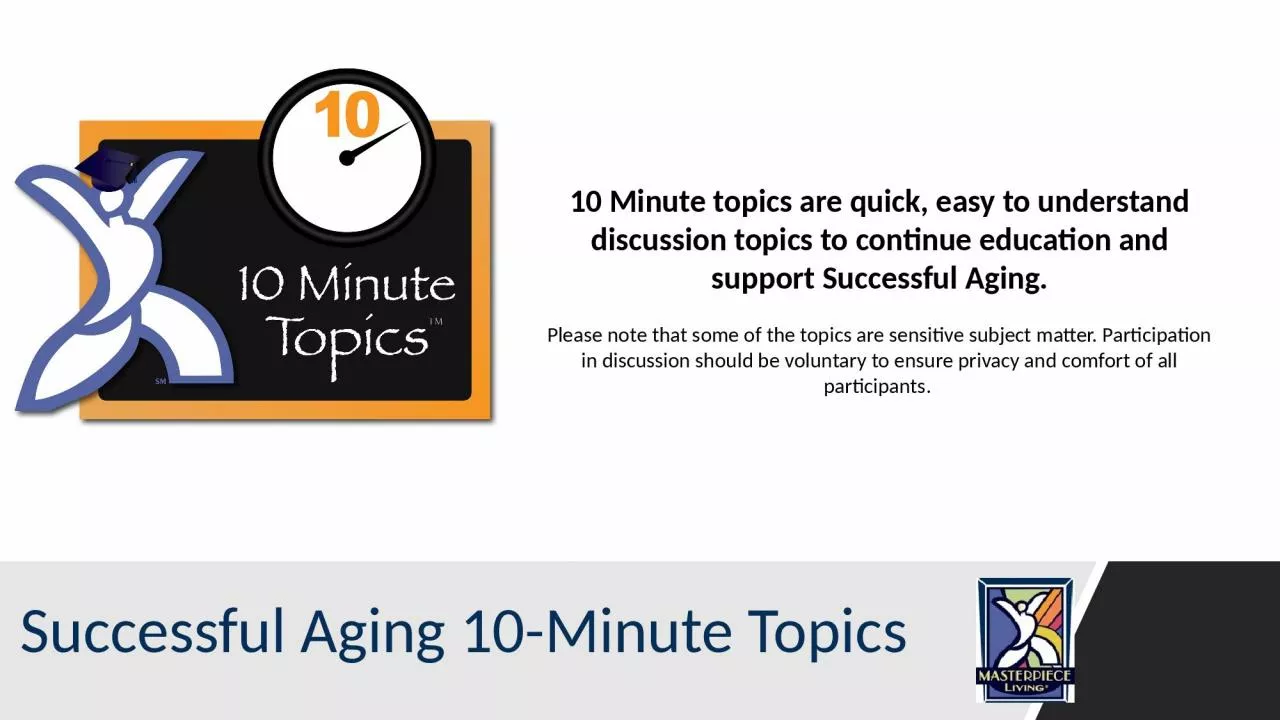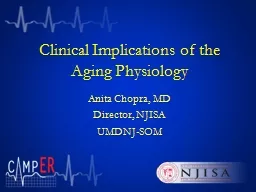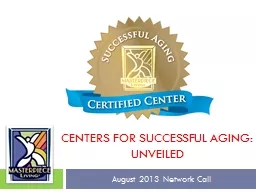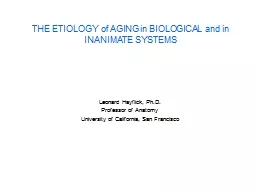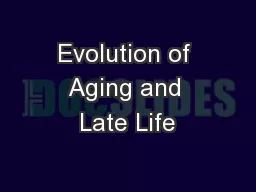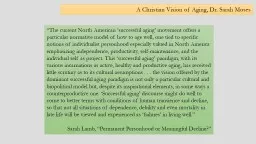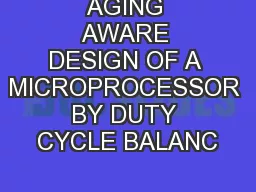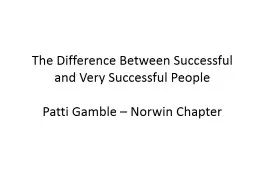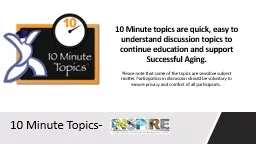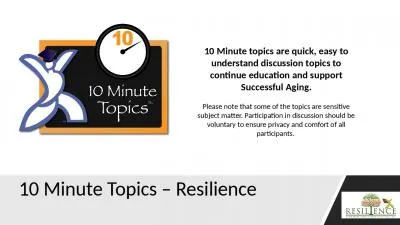PPT-Successful Aging 10-Minute Topics
Author : Masterchief | Published Date : 2022-07-28
10 Minute topics are quick easy to understand discussion topics to continue education and support Successful Aging Please note that some of the topics are sensitive
Presentation Embed Code
Download Presentation
Download Presentation The PPT/PDF document "Successful Aging 10-Minute Topics" is the property of its rightful owner. Permission is granted to download and print the materials on this website for personal, non-commercial use only, and to display it on your personal computer provided you do not modify the materials and that you retain all copyright notices contained in the materials. By downloading content from our website, you accept the terms of this agreement.
Successful Aging 10-Minute Topics: Transcript
Download Rules Of Document
"Successful Aging 10-Minute Topics"The content belongs to its owner. You may download and print it for personal use, without modification, and keep all copyright notices. By downloading, you agree to these terms.
Related Documents

